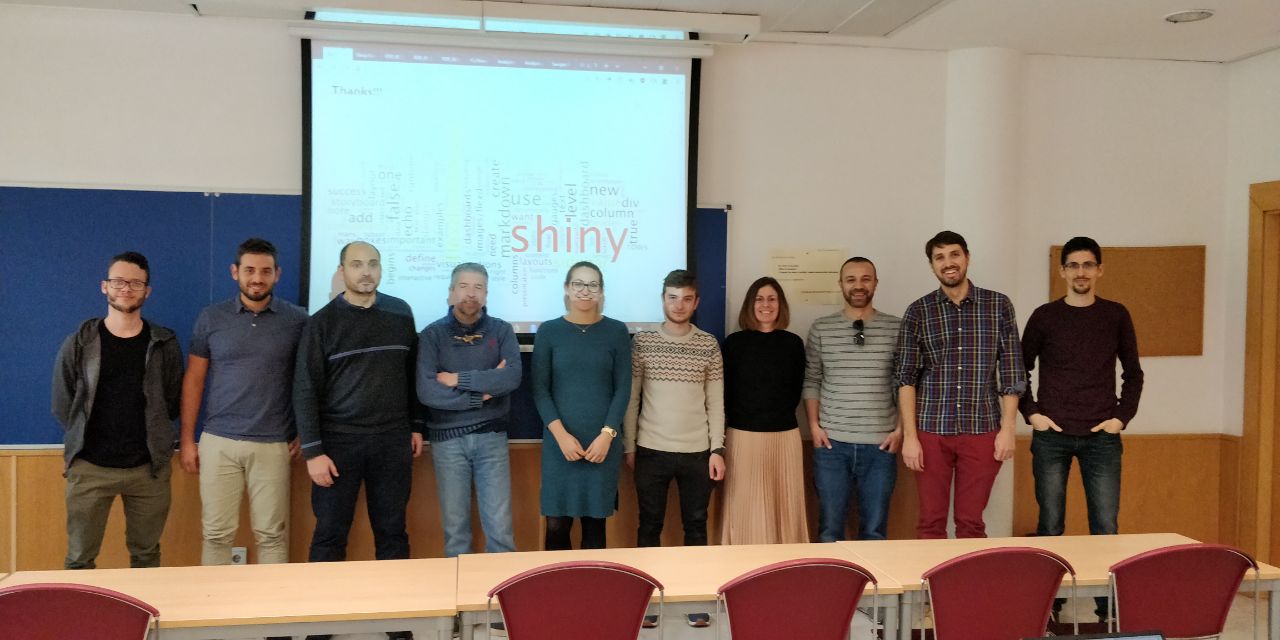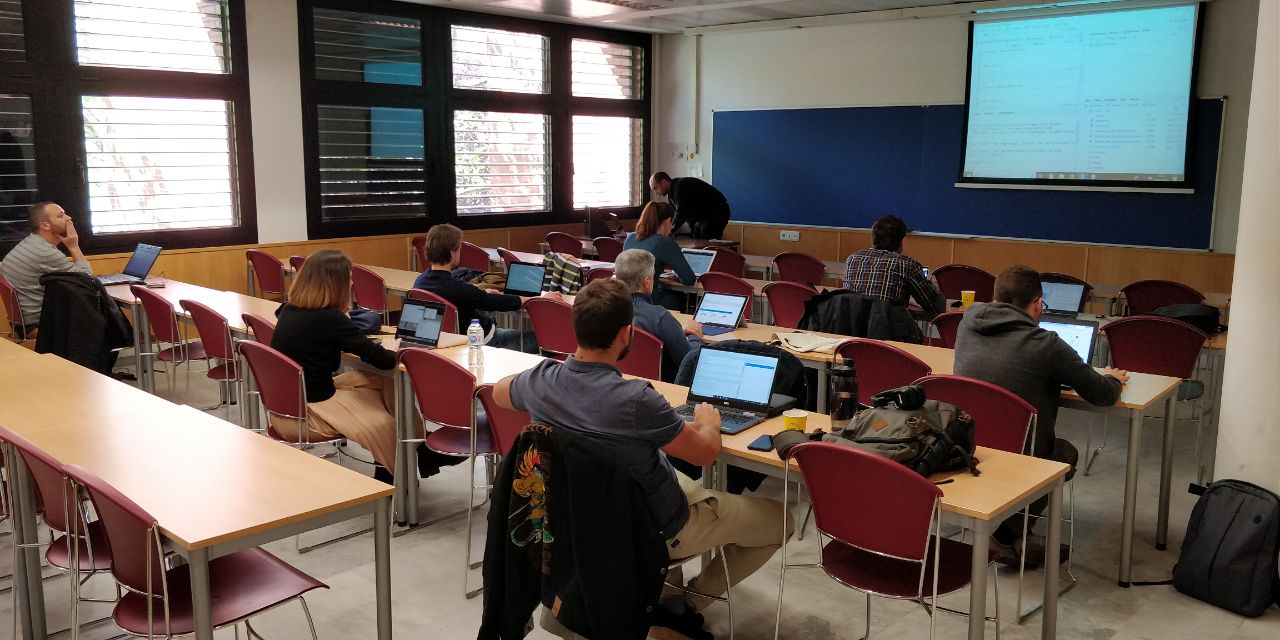Abstract
In this session, we are going to employ the flexdashboard R package. Why? Because this is an easy way to make dashboards! We will begin by describing the basics of flexdashboard by iterating on the template that RStudio creates. This will provide a static dashboard that is based on basic R Markdown. The next step will be creating a dynamic dashboard by relying on the power of Shiny. This will allow the user to perform actions on the dashboard and see the updated results (graphs, tables, …). The whole process will be illustrated by analyzing a log file from the students access to a course in Aula Global.
Requirements
We will work with R 3.5.3 and require install.packages(c("Rmarkdown", "Flexdashboard", "Shiny", "DT", "stringr", "ggplot2", "alluvial", "dplyr")).
About the speaker
Miguel obtained his 5-year degree in Statistical Sciences and Techniques by the University of Valencia (2002). Nowadays, he is linked to the Carlos III University of Madrid as a part-time professor. In 2007, in a congress of the SEIO, he joined the GENAEIO, a Working Group on teaching and learning Statistics and Operations Research. Since then, he has been working with R, some authoring tools (Jclic, Geogebra, eXeLearning), educational platforms (MOODLE) and software for surveys (LimeSurvey). Enthusiast of the GNU philosophy and online resources, lately, he has been adding some gamification in work (using Kahoot).


